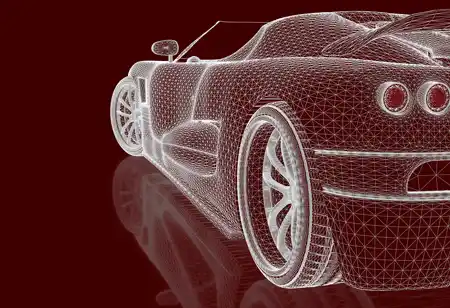THANK YOU FOR SUBSCRIBING
THANK YOU FOR SUBSCRIBING
Be first to read the latest tech news, Industry Leader's Insights, and CIO interviews of medium and large enterprises exclusively from Auto Tech Outlook

By
Auto Tech Outlook | Wednesday, June 14, 2023
Stay ahead of the industry with exclusive feature stories on the top companies, expert insights and the latest news delivered straight to your inbox. Subscribe today.
As the mobility market evolves, automotive cybersecurity becomes a critical factor in ensuring the safety and integrity of connected vehicles.
FREMONT, CA: The mobility market has undergone a profound digital transformation in recent years, with most vehicles now equipped with built-in connectivity options. While connected vehicles offer numerous benefits, they also introduce new cybersecurity risks. Like the computer world three decades ago, when network connectivity exposed systems to novel threats, today's mobility market faces similar challenges. The automotive industry, driven by megatrends such as autonomous vehicles, cloud-based functionality, and shared mobility, has become a prime target for cyber attackers. As the industry invests heavily in software development to support new technologies, ensuring the security of vehicles has become increasingly complex. This article explores the interdependence of safety and security in the automotive industry, the need for in-vehicle security controls, and the expanding scope of cybersecurity beyond vehicles.
The automotive industry is transitioning towards a technology-centric and software-focused approach, where software updates enable new features and enhancements. As a result, automakers must provide ongoing cybersecurity updates to protect vehicles throughout their lifespan. Safety and security have become intertwined, as vulnerabilities in-vehicle software can compromise critical systems such as braking or airbag functionality, endangering the lives of drivers and passengers.
Automakers and their cybersecurity partners must identify and specify in-vehicle security controls based on a comprehensive threat analysis of the overall vehicle architecture to address the evolving cyber risks. This involves implementing network monitoring, filtering, intrusion detection systems, application hardening, stricter segregation of functionality, and continuous vulnerability scanning. Advanced technologies like anomaly detection, vehicle-level reporting, and backend analytics should also be considered to bolster cybersecurity.
As cars become extensions of homes and offices, people rely on them to manage their private lives, often through smartphones connected to the vehicle. This interconnectedness raises concerns about privacy and security. Connected vehicles collect and transmit sensitive data, including location information, and may have cameras, sensors, and microphones deployed. Addressing these security and privacy risks will become increasingly important to consumers, potentially influencing their purchasing decisions and creating opportunities for car manufacturers to monetize cybersecurity services.
Automotive cybersecurity should extend beyond vehicles to encompass the entire mobility ecosystem. As technologies advance, charging stations, anti-theft solutions, connectivity infrastructure, and data exchange between vehicles, the cloud, and smart city elements will require robust cybersecurity measures. This holistic approach will ensure comprehensive protection and prevent potential vulnerabilities from emerging in interconnected mobility systems.
Automakers must prioritize in-vehicle security controls and invest in advanced technologies to detect and mitigate cyber threats. The interdependence of safety and security necessitates a comprehensive approach considering the entire mobility ecosystem. Furthermore, consumer demand for robust cybersecurity features will drive car manufacturers to embrace cybersecurity as a competitive differentiator and explore opportunities for value-added services. By prioritizing cybersecurity, the automotive industry can confidently navigate the digital landscape, providing safer and more secure mobility experiences for all.
 Copyright © 2025 AutoTech Outlook. All Rights Reserved | Privacy Policy | Subscribe | Sitemap | About us | Feedback Policy | Editorial Policy
Copyright © 2025 AutoTech Outlook. All Rights Reserved | Privacy Policy | Subscribe | Sitemap | About us | Feedback Policy | Editorial Policy 



